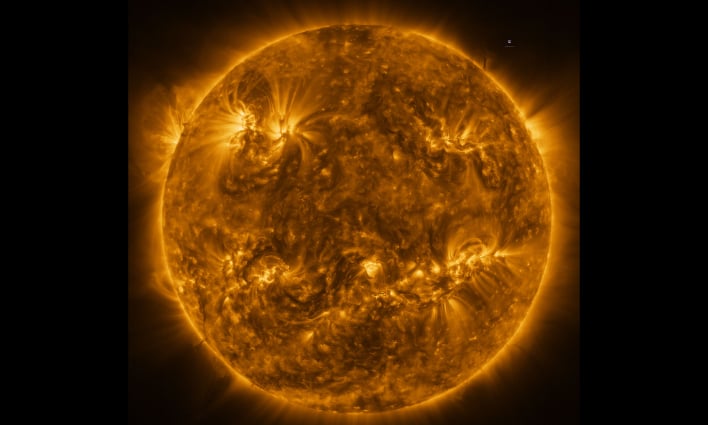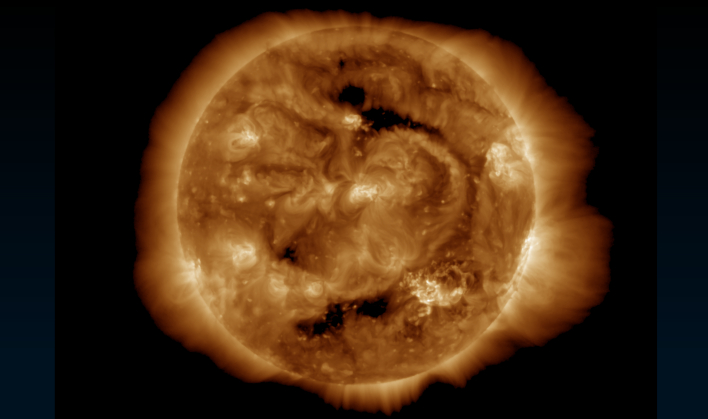A Huge Solar Blast Is Headed Towards Earth And It Could Interrupt Communications

The predicted geomagnetic storm is a result of interactions between the strong solar wind blowing from a "hole" in the upper atmosphere of the Sun, called the corona, and the Earth's magnetic field. The storm is expected to gain strength as it combines with several CMEs that erupted earlier this week. A possible G1 (Minor) geomagnetic storm is expected today, August 17th, while a stronger G3 (Strong) storm is possible on the 18th.

A CME is a large expulsion of plasma and magnetic field from the Sun's corona, according to the National Oceanic and Atmospheric Administration (NOAA). These outbursts from the Sun can eject billions of tons of coronal material and carry with it an embedded magnetic field that is more intense than the background solar wind interplanetary magnetic field (IMF) strength. Traveling at speeds ranging between 250 kilometers per second to 3000 km/s, a CME can reach Earth in as little as 15-18 hours, while some may take up to several days to arrive.
These geomagnetic storms are expected to have a low to moderate impact on Earth, as most of the ejecta is predicted to pass either ahead of or south of Earth's orbit. The greatest chance for a communications interruption to occur will be on August 18th, with a slightly lower chance on Friday, August 19th.

Top Image Credit: NASA

